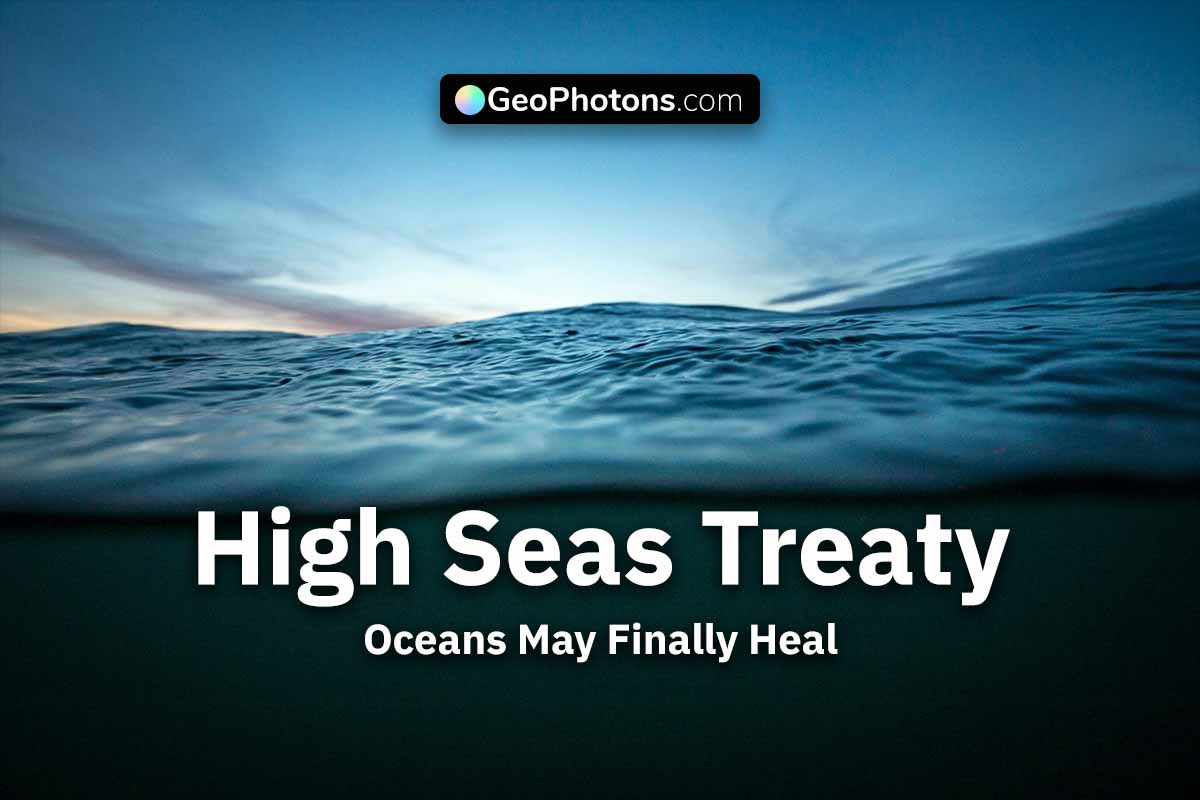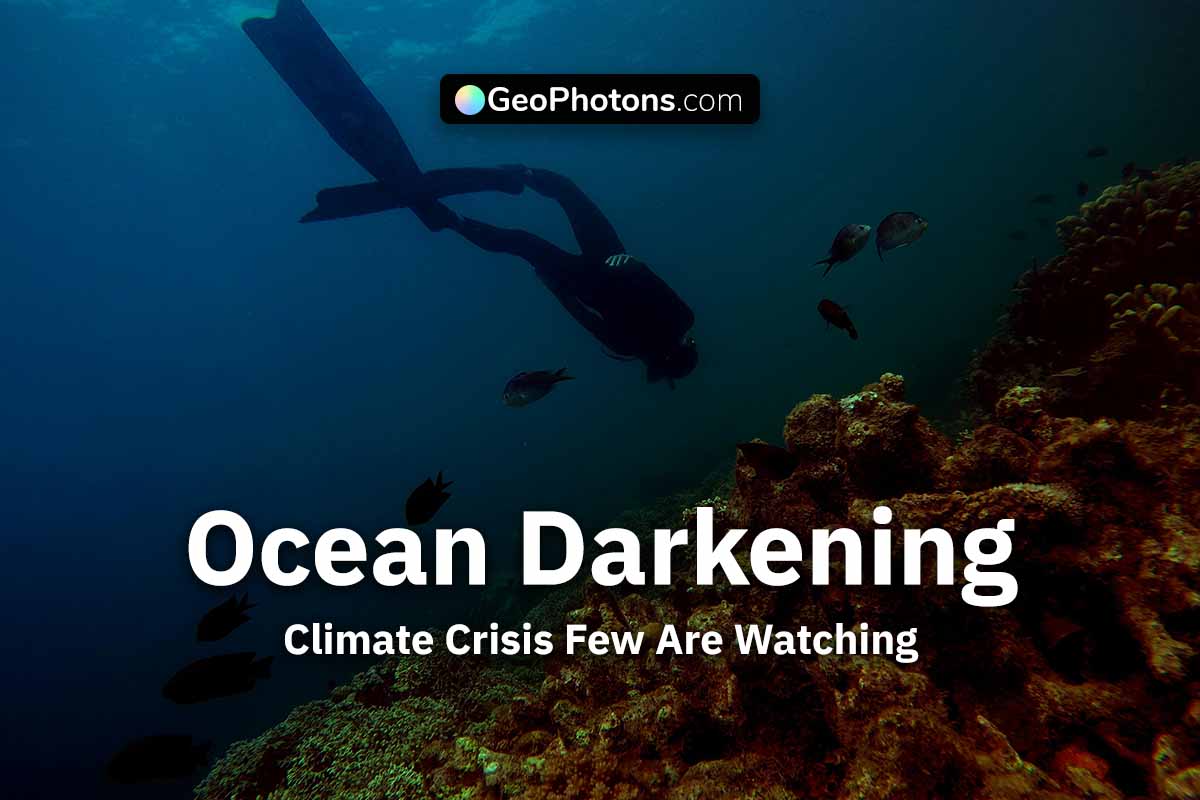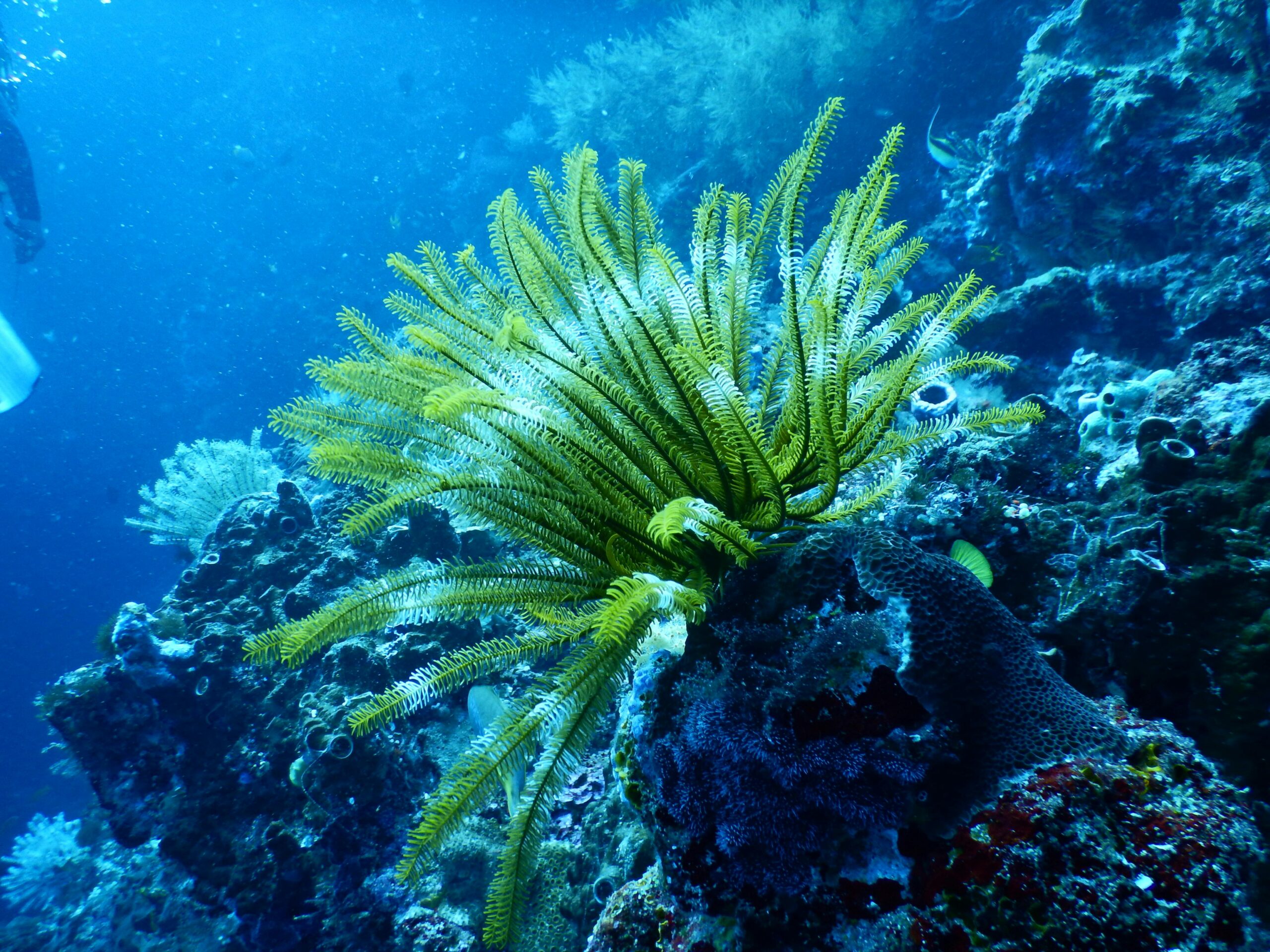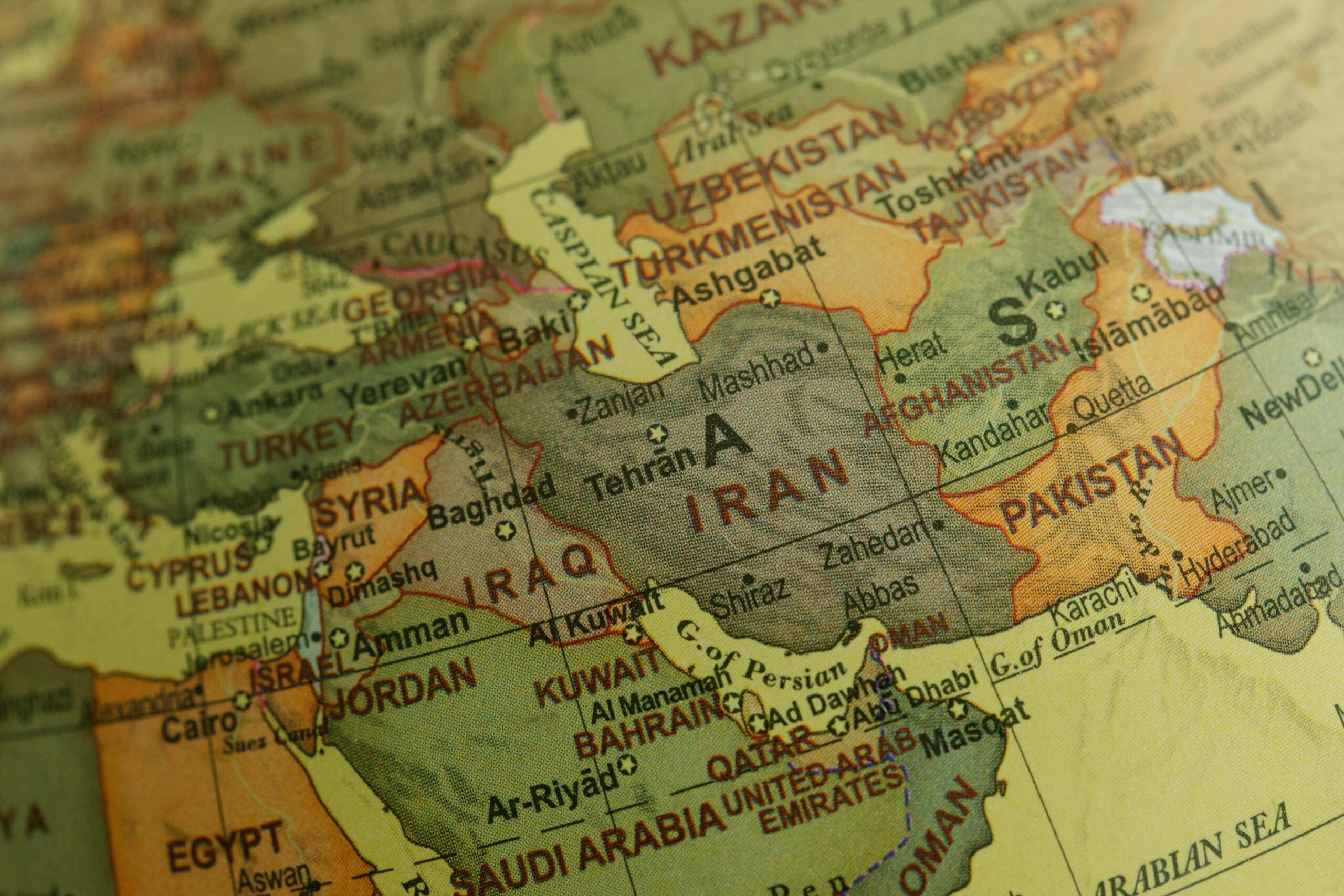High Seas Treaty Becomes Real: Oceans May Finally Heal
A global marine treaty “High Seas Treaty” was nearly finalized at the UN Oceans Conference. Discover what it means for ocean life, why it matters, and what still needs to happen.
Oceans united
Global marine treaty edges closer to full approval
At the UN Oceans Conference in France, 56 countries ratified the High Seas Treaty, just four short of the 60 needed to make it law. Known officially as the BBNJ agreement, this treaty aims to protect marine life in the two-thirds of the ocean that lies beyond national borders. These waters cover nearly half the planet’s surface but have had almost no protection until now. The treaty focuses on creating Marine Protected Areas (MPAs), regulating deep-sea mining, and ensuring fair sharing of marine resources. According to the Washington Post, the agreement will become legally binding once 60 nations sign on—a milestone expected by September 2025.
High seas
Oceans beyond borders need urgent global action
The treaty matters because the high seas are like the Wild West of the ocean—rich in life, but with almost no rules. Over 90% of marine species live or migrate through international waters, and deep-sea mining and overfishing have grown wildly in recent years. The Smithsonian Magazine reports that only 1.2% of these waters are protected today. Without global laws, companies and countries can exploit them without limits. This treaty creates a legal framework where none existed before. Think of it as installing traffic lights in a place where everyone drove wherever they wanted—finally, there’s order.
High Seas Treaty terms
BBNJ agreement sets goals to guard marine diversity
The BBNJ treaty sets out clear steps for protecting marine life: (1) designate MPAs in international waters; (2) conduct Environmental Impact Assessments (EIAs) before any industrial activity; and (3) regulate the use of marine genetic resources. According to National Geographic, marine genetic resources could fuel the next wave of medical and tech innovations. But without regulation, these resources may be grabbed by a few and ruined for all. The treaty also includes training and funding for developing countries, ensuring everyone has a seat at the table to manage shared oceans better.
🔎 Quick Fact Box
- 56 countries ratified the treaty (needs 60)
- 2/3 of oceans lie beyond national control
- Only 1.2% of international waters protected
- Treaty regulates deep-sea mining, fishing, genetics
- EU pledged 1 billion euros for conservation
Funding pledges
World leaders invest big in saving our blue planet
The treaty got more than just signatures—it got money too. The European Union pledged €1 billion for sustainable fishing and MPAs. French Polynesia announced the largest protected marine area ever: 5 million square kilometers. New Zealand dedicated $52 million to Pacific Ocean governance. Germany set aside €100 million to clean leftover war munitions from its waters. These aren’t just promises—they’re serious cash. According to the New York Times, even smaller countries like Canada ($9 million) and Italy (€6.5 million) stepped up to support climate-vulnerable nations and marine patrols. Global teamwork is finally taking shape.
Ocean noise
Nations unite to quiet the seas for marine health
Noise pollution in oceans isn’t just annoying—it’s deadly. Whales, dolphins, and fish rely on sound to find food, mates, and safe waters. But ship engines, sonar, and industrial drilling make oceans unbearably loud. That’s why 37 countries launched the “High Ambition Coalition for a Quiet Ocean” during the UNOC. The goal is to regulate ocean noise through quieter ships and new tech. ScienceAlert notes that noise pollution can cause hearing loss, stress, and even strandings in marine mammals. Imagine trying to live with a jackhammer in your ears 24/7—that’s what some sea creatures face.
Power struggles
Resource-sharing sparks tough global negotiations
While most countries agree that the oceans need protection, not everyone agrees on how to share the profits. The high seas hold marine genetic resources—potential cures, new crops, and industrial breakthroughs. But who gets to use them? Rich countries? Everyone? This question slowed the treaty. According to Reuters, developing nations argue that they should share in the benefits, especially since they often lack the tech to extract or explore. Without fair rules, this could lead to ocean “resource grabs.” So even though the treaty is close, hard conversations still lie ahead.
Future goals
70 signers expected by fall to unlock real action
The momentum from the France conference is strong. The UN hopes to hit 70 ratifications by September 2025. That would unlock the first-ever “Conference of Parties” in 2026, where countries will meet to enforce, revise, and fund treaty actions. Think of it as the United Nations’ ocean task force finally getting a badge. National Geographic says this first meeting could set global standards for ocean mining, enforcement patrols, and climate resilience. But if some nations stall, it could delay everything. So, every signature counts—especially from powerful countries like the U.S. and China.
Shared responsibility
Treaty success needs all of us—not just world leaders
This treaty isn’t just about politics—it’s about people. It’s about kids today growing up with clean beaches, healthy seafood, and coral reefs that are still alive in 30 years. It’s about respecting something that connects us all, no matter where we live. Ocean expert Dr. Sylvia Earle said, “With every drop of water you drink, every breath you take, you’re connected to the sea.” That’s powerful. The treaty gives us hope, but action is what makes it real. Let’s support leaders who protect the ocean—and do our part too. The ocean protects us. Let’s return the favor.
Also Read Why Ocean Darkening Is a Climate Crisis Few Are Watching
Share this content:














Post Comment